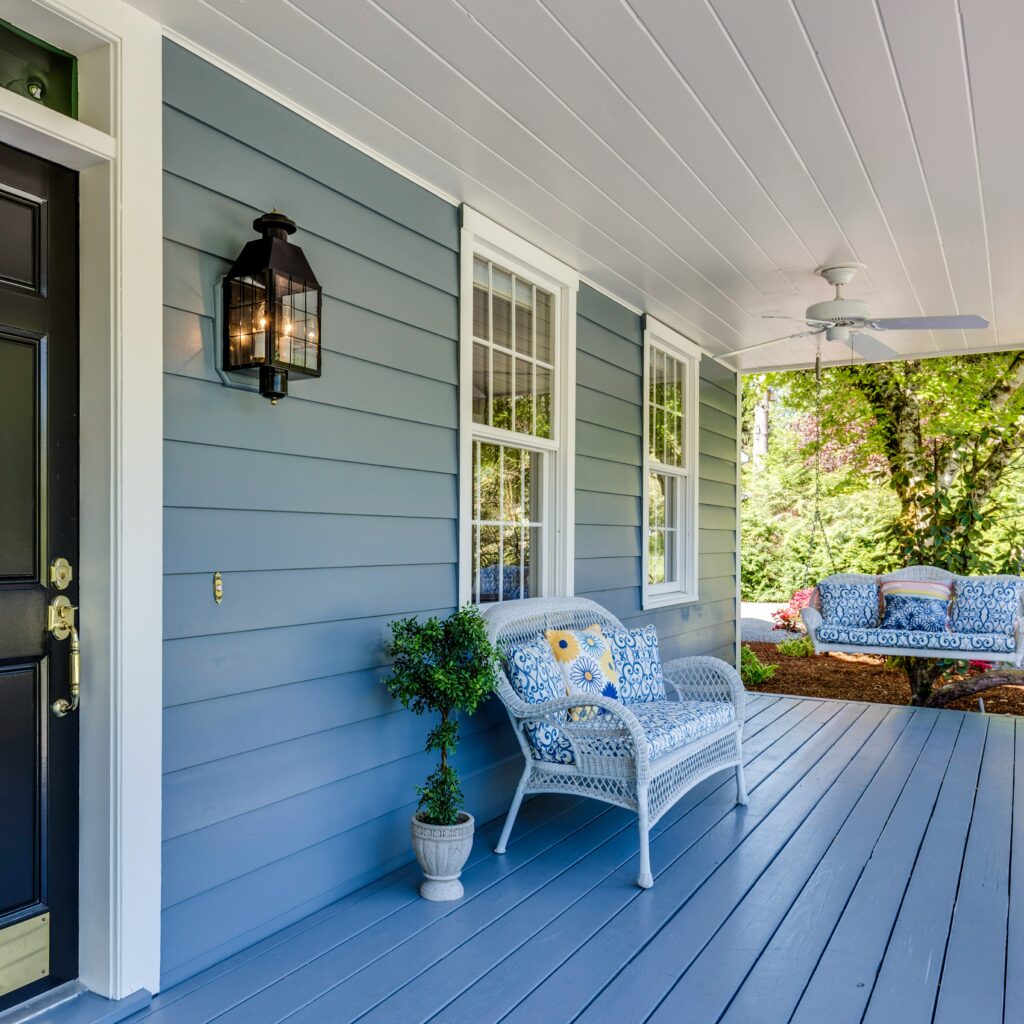
What Is A Mortgage?
What Is The Difference Between A Mortgage & A Home Loan?
What Is A Mortgage?
A mortgage is a type of loan used specifically to finance the purchase of a home or other real estate. It is a long-term loan from a financial institution, such as a bank or mortgage lender, that allows the borrower to purchase a property by using the home itself as collateral.
When you get a mortgage, the lender provides you with a set amount of money to buy the home, and you agree to pay back the loan with interest over a period of several years, usually 15 to 30 years. The lender maintains legal rights to the home until the mortgage is fully paid off.
Mortgages are “secured” loans, meaning the home serves as collateral. If the borrower fails to make the required monthly payments, the lender can initiate foreclosure proceedings and take possession of the property. This makes mortgages a lower-risk investment for lenders compared to unsecured personal loans.
What Is The Difference Between Mortgage and Home Loan?
The term “home loan” is often used interchangeably with “mortgage,” as they generally refer to the same type of financing. However, there is a technical distinction – a mortgage is the legal agreement that secures the home loan, while the home loan is the actual sum of money borrowed to purchase the property. So in essence, a mortgage is a type of home loan.
When getting a mortgage, borrowers have a choice between fixed-rate or adjustable-rate mortgages. Fixed-rate mortgages have an interest rate that remains the same for the entire loan term, while adjustable-rate mortgages (ARMs) have interest rates that can fluctuate over time based on market conditions. ARMs typically start with a lower “introductory” rate for the first few years before becoming variable.
To qualify for a mortgage, lenders will evaluate a borrower’s credit score, income, assets, and debt-to-income ratio to determine how much they can reasonably afford to borrow. Borrowers may also need to provide a down payment, typically 20% of the home’s value, to avoid paying private mortgage insurance (PMI).
The mortgage process involves several steps, including getting pre-approved, finding a home, getting the property appraised, and completing the closing paperwork. Closing costs, which can range from 2-5% of the home’s value, must also be paid upfront.
In summary:
A mortgage and a home loan are tecnically not exactly the same thing, but they are closely related. A mortgage is the legal agreement that secures a home loan, while the home loan is the actual sum of money borrowed to purchase a property. Both terms generally refer to the same type of long-term, secured financing used to buy a home.
Related Reading…



